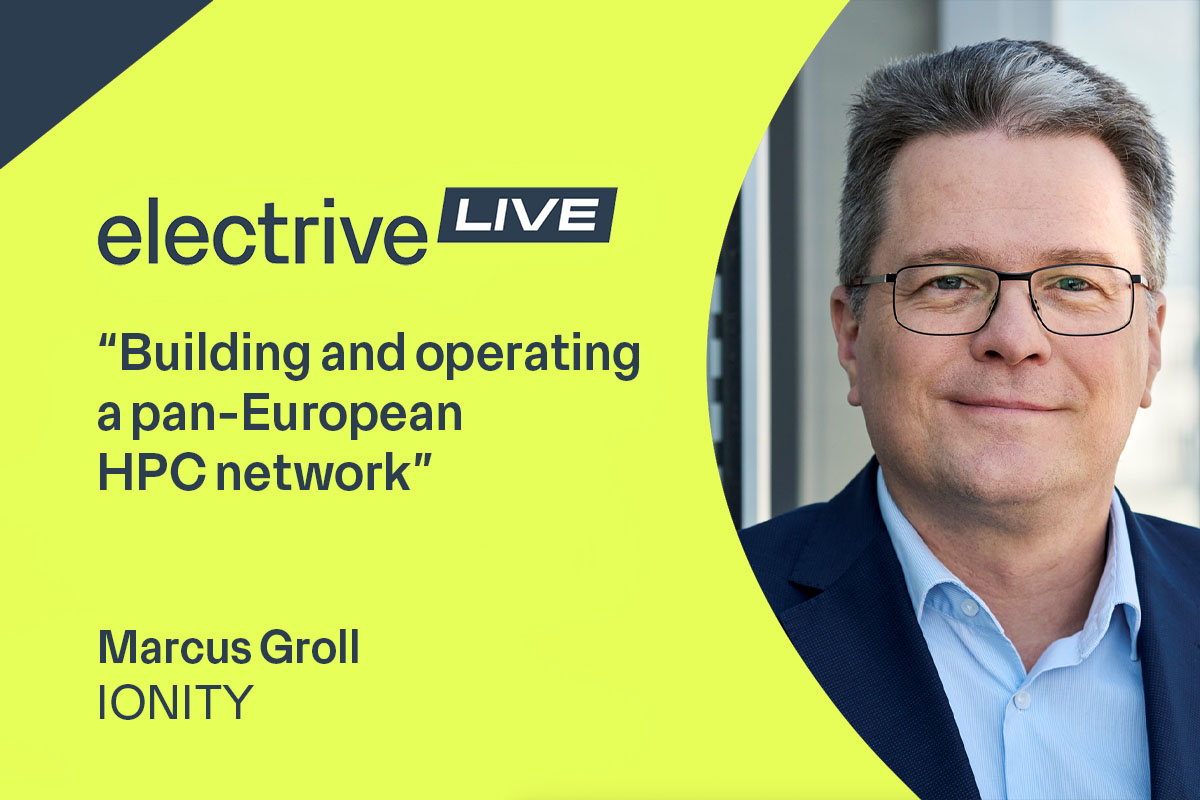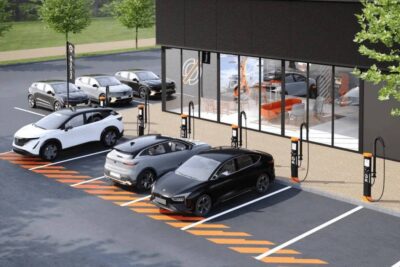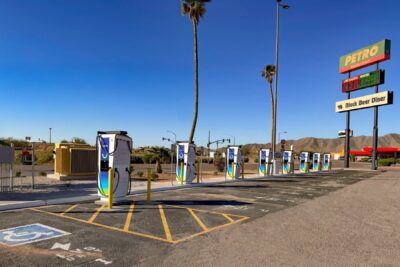“Building and operating a pan-European HPC network” – Marcus Groll from Ionity
Ionity offers chargers with 350 kW and is looking to add chargers with up to 600 kW in the next two years. Currently, the company operates around 600 sites with a total of 3.639 charge points. According to Groll, the goal is to almost triple the number of chargers by 2027. At that point, Ionity hopes to have 1,000 sites and around 9,000 charge points online.
The biggest markets (in terms of revenue) are Germany, France and the UK. Ionity operates 223 sites in Germany, while another 23 are under construction. The network in the UK, on the other hand, is relatively small, consisting of 27 sites (plus 16 under construction). “But the market shows a lot of potential,” said Groll. “The EV market share is also promising. Therefore, we are looking to grow there and expand the number of sites to around 80 to 100 in the next two years.
According to Groll, there are several challenges when setting up a pan-European charging network. There are legal complexities concerning building permits and tenders, as requirements differ from country to country. The requirements for the chargers also vary depending on the site. Groll mentioned the extreme temperature differences between Norway and southern Spain, for example, that the hardware needs to withstand. To ensure customer service, Ionity customers can choose the information on the chargers’ displays to be displayed in one of 19 languages.
However, the biggest challenge is the connection to the grid. “Not only does it often take a long time to get access, grid operators often have special technical requirements,” Groll said. “That is a challenge. Because when you need substations that fulfil these individual requirements, you cannot have hardware in stock and bring them to the site.”





0 Comments